Malignant Melanoma
First Derm
OCTOBER 22, 2023
Malignant Melanoma Medically reviewed by The Dermatologists and written by Dr. Alexander Börve In A Nutshell Common More than 200,000 US cases per year Requires medical diagnosis Symptoms: Abnormal growth in moles Color: Typically brown Location: Anywhere on the skin Treatment: Surgery, Chemotherapy Death Rate Incident Rate ICD-10: C43.9

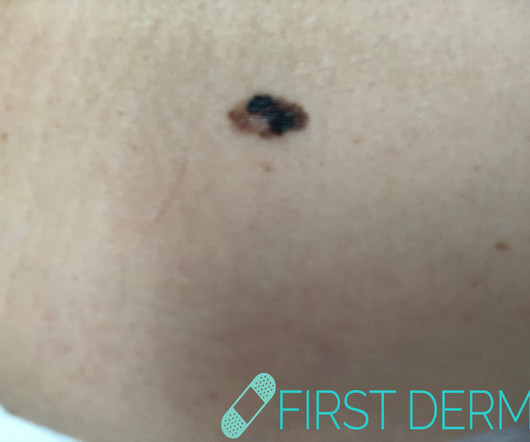

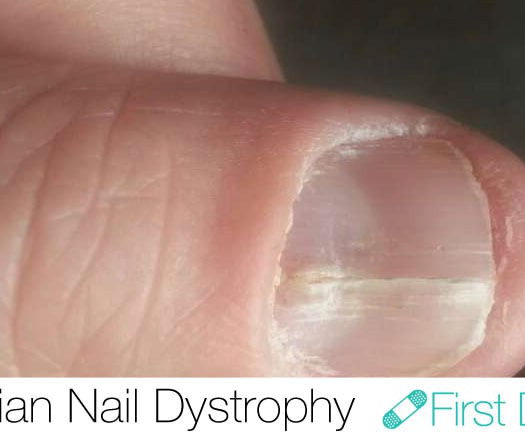


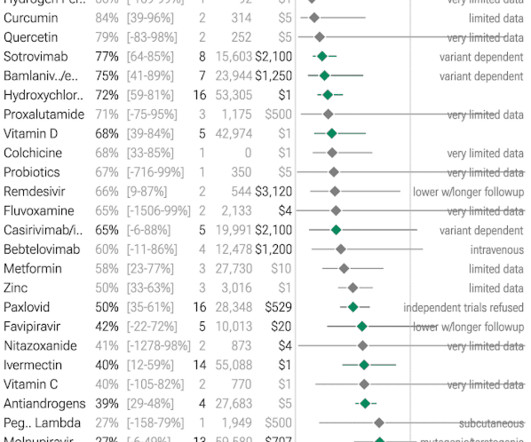

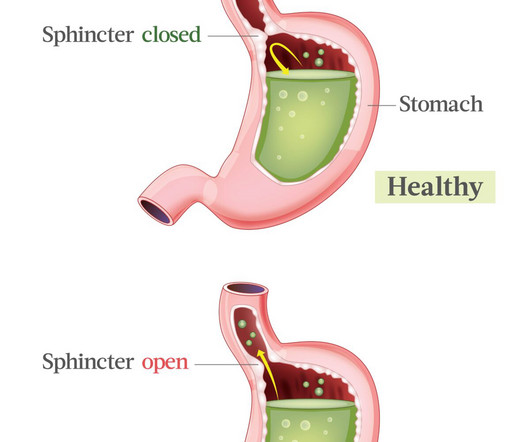




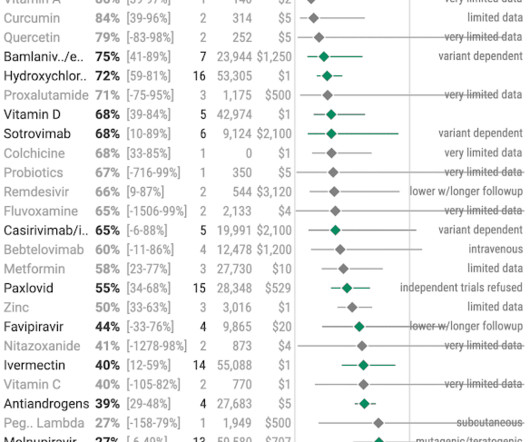







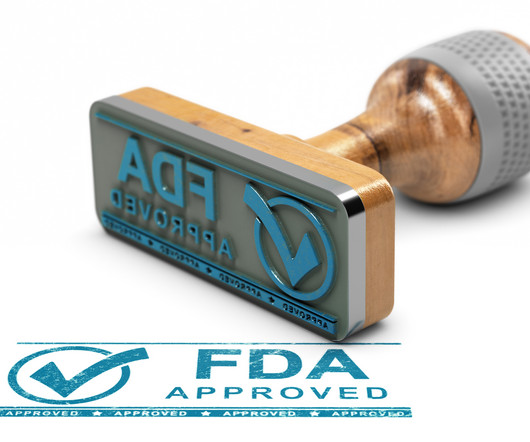




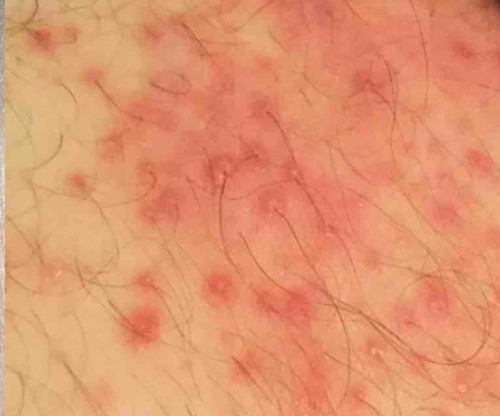







Let's personalize your content